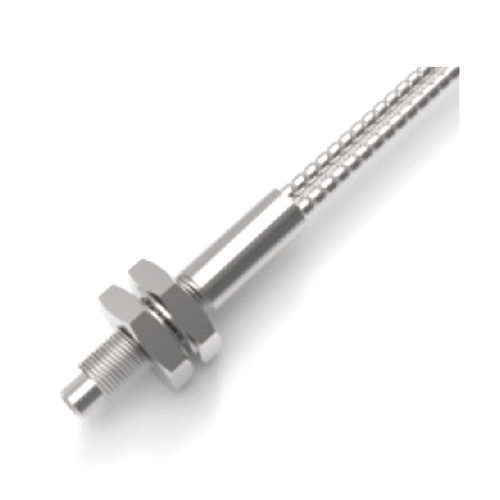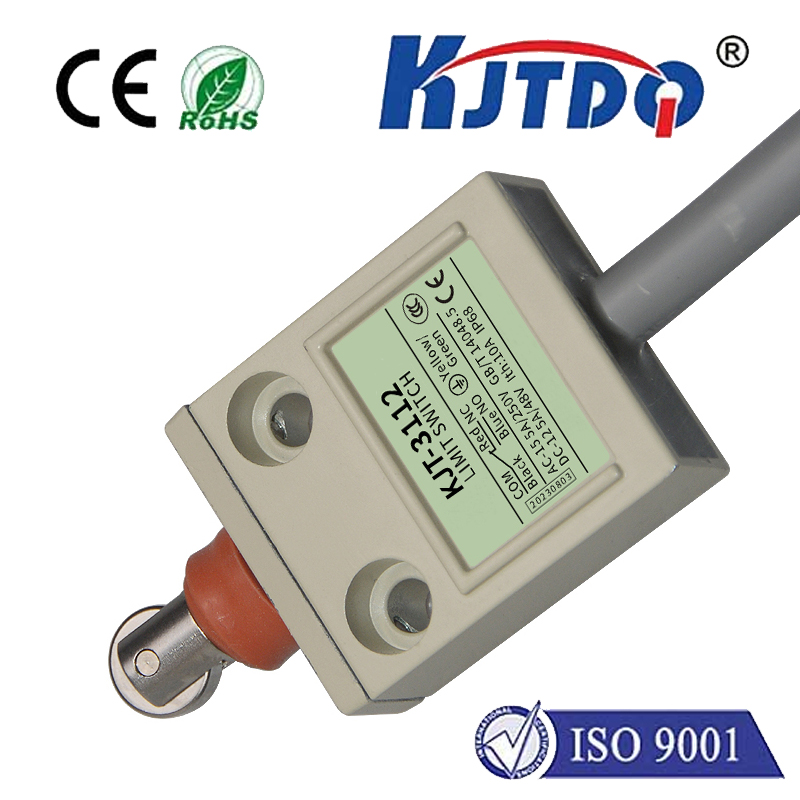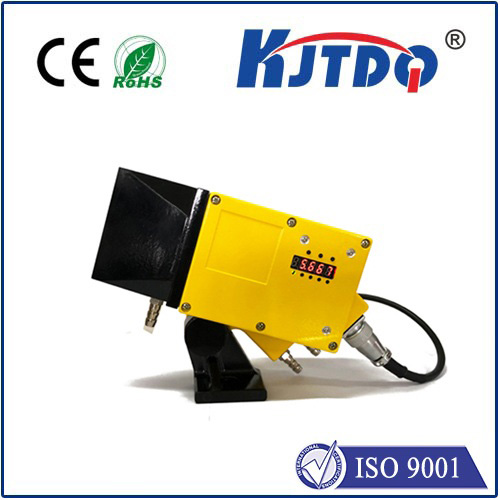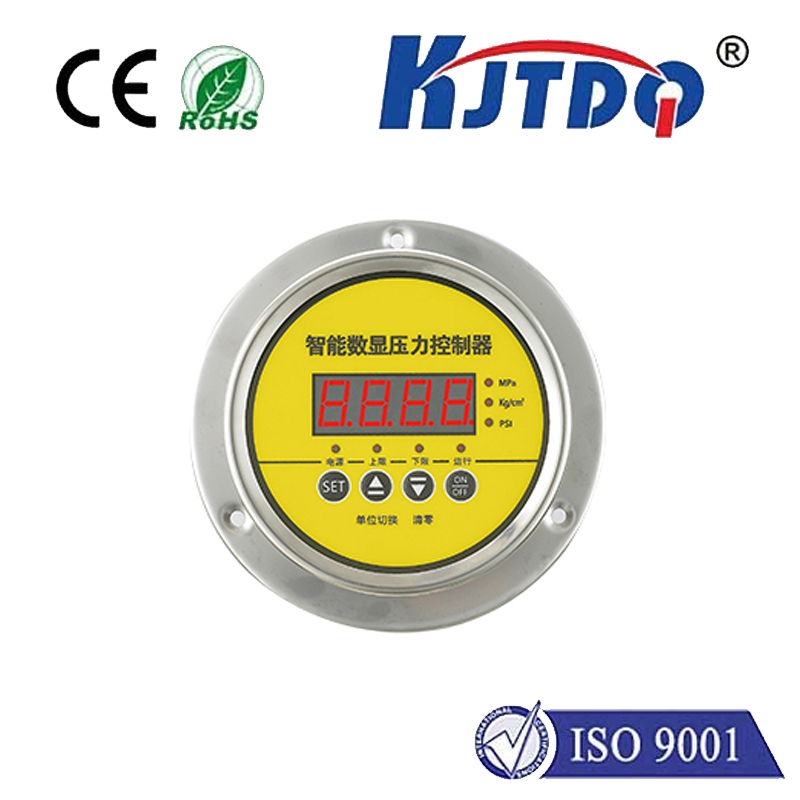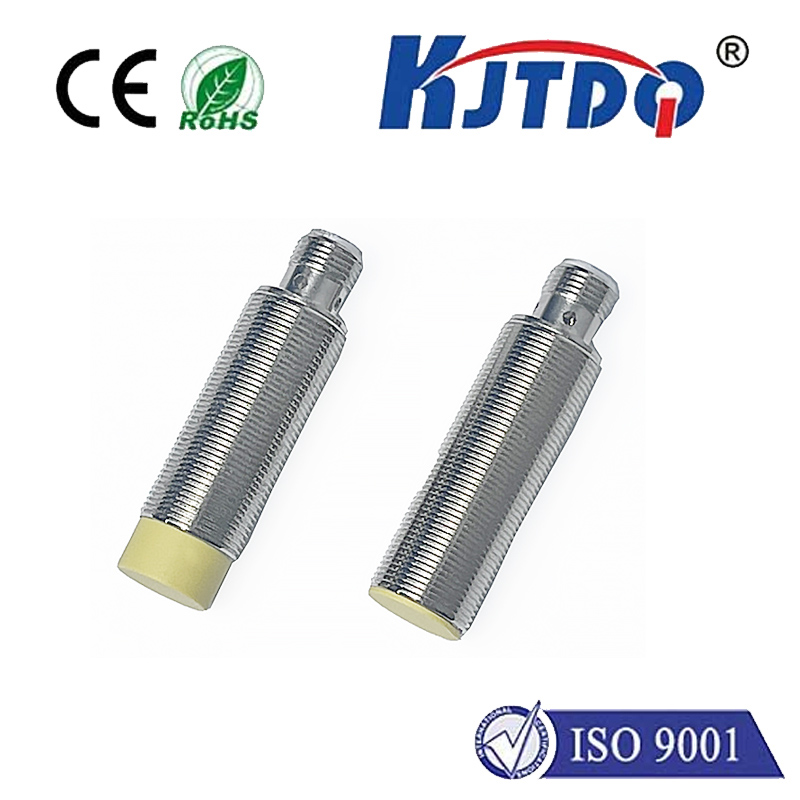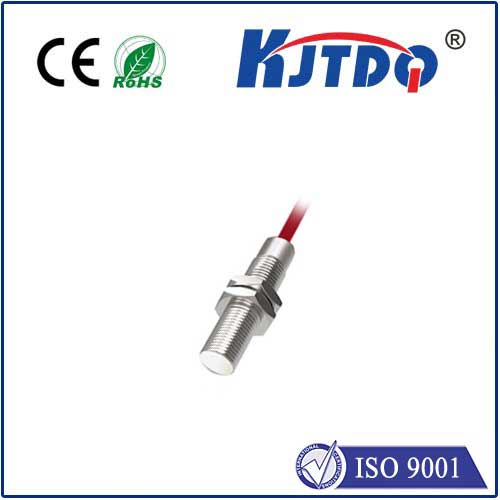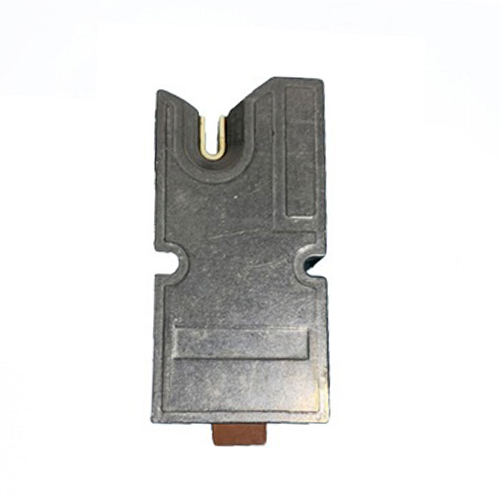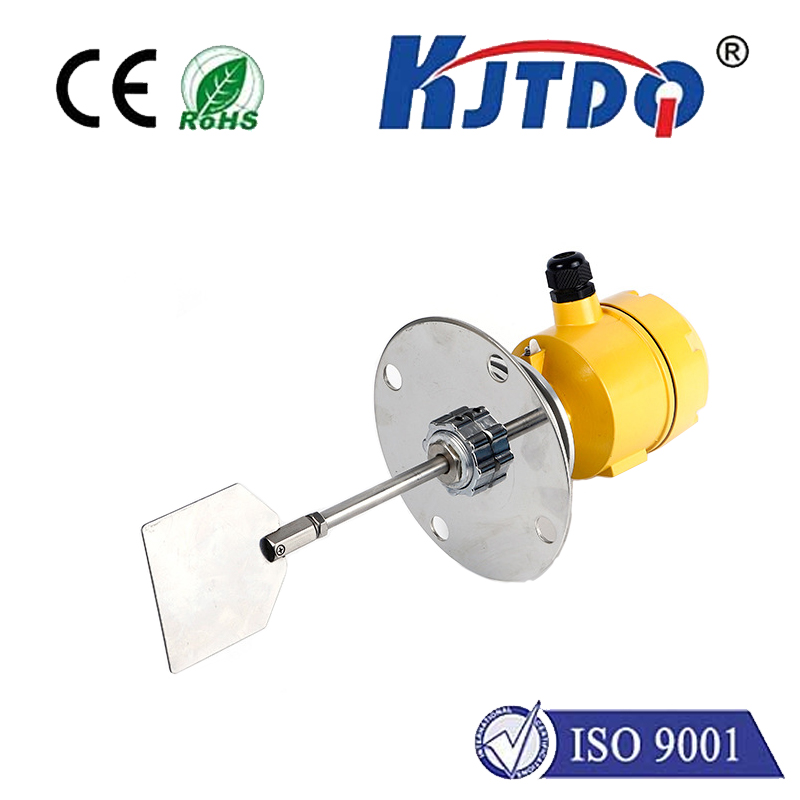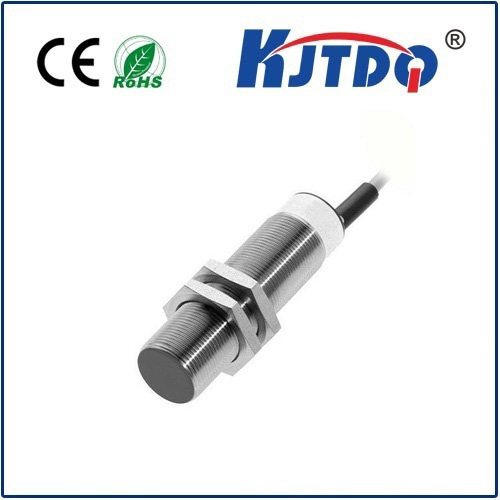infrared photoelectric
- time:2025-07-26 02:58:35
- Click:0
Infrared Photoelectric Technology: How Light Revolutionizes Detection
Imagine a device so sensitive it can detect motion without touch, measure distances invisibly, or sense smoke before a flame ignites. This isn’t science fiction; it’s the practical reality enabled by infrared photoelectric technology. At its core, this fascinating field harnesses the interaction between infrared light (invisible electromagnetic radiation beyond the red end of the visible spectrum) and specific materials to generate an electrical signal. This fundamental principle powers countless devices silently working around us, making our environments safer, more efficient, and automated.
Unveiling the Core Principle: Light Creates Current
The magic word here is photoelectric effect. When photons of light (in this case, infrared photons) strike the surface of certain semiconductor materials like silicon or germanium within a photodetector, they can transfer enough energy to liberate electrons. This liberation creates electron-hole pairs, resulting in a measurable electrical current or a change in electrical resistance. Crucially, infrared light is used because it is less affected by visible light interference and offers unique advantages for many sensing applications due to its longer wavelengths and thermal properties. An infrared photoelectric sensor typically comprises two key elements: an infrared emitter (usually an IR LED or laser diode) and an infrared photodetector. The system works by either:
- Transmission Mode (Opposed/Through-Beam): The emitter sends an IR beam directly to the detector. An object interrupting the beam is detected by the loss of signal.
- Reflection Mode (Retroreflective): The emitter and detector are housed together. The beam hits a reflector and bounces back to the detector. An object blocking the beam to the reflector causes detection.
- Diffuse Reflection Mode (Proximity): The emitter and detector are housed together. The detector senses IR light diffusely reflected off the target object itself. Detection occurs when enough reflected light is measured.
Key Advantages Driving Widespread Adoption

Why choose infrared photoelectric sensors over other sensing technologies? Several compelling benefits stand out:
- Non-Contact Detection: This is perhaps the most significant advantage. Sensors can detect objects without any physical contact. This eliminates wear and tear, prevents contamination or damage to delicate objects, and allows for high-speed operation. Think of automatic doors opening smoothly or products whizzing past on a high-speed production line without being touched.
- Long Sensing Ranges: Compared to many other proximity sensors, especially capacitive or inductive types, IR photoelectric sensors can achieve much longer detection distances – from a few millimeters up to several tens of meters, depending on the configuration and power.
- High Speed and Responsiveness: The emission and detection of IR light happens almost instantaneously, allowing these sensors to detect objects moving at very high speeds with exceptional precision. This responsiveness is critical in industrial automation.
- Reliability and Stability: Modern photodetectors and emitters are highly reliable components. When properly configured and shielded from extreme environmental factors, these sensors offer consistent performance over extended periods.
- Versatility in Object Detection: Unlike sensors relying on metal detection or electrical properties, infrared photoelectric sensors can detect a vast array of materials including plastics, glass, cardboard, liquids, wood, and even opaque objects, based on their ability to interrupt or reflect the IR beam.
- Immunity to Ambient Light (Modulated IR): By pulsing the emitted IR light at a specific high frequency (modulation) and tuning the detector to only respond to that frequency, these sensors effectively filter out fluctuating ambient light (like sunlight or room lights), ensuring reliable detection even in challenging lighting conditions.
Pervasive Applications: Where IR Photoelectric Tech Shines
The unique capabilities of infrared photoelectric sensors make them indispensable across numerous sectors:
- Security and Access Control: Forming the backbone of countless security systems – automatic doors in supermarkets or office buildings, perimeter beam alarms protecting museums or warehouses, and object detection in restricted zones. Their non-contact nature is perfect for high-traffic areas.
- Industrial Automation & Manufacturing: Dominating factory floors for tasks like precise object detection on conveyor belts (counting, sorting, jam prevention), determining product positioning for robotic arms, verifying label presence or lid closure, and controlling filling levels in machinery. High speed and ruggedness are essential here.
- Consumer Electronics: Embedded in devices for proximity sensing (turning off your phone screen when held to your ear), gesture recognition in some interfaces, and touchless controls (faucets, soap dispensers) enhancing hygiene.
- Environmental Monitoring: Integral to modern smoke detectors, where smoke particles scatter an IR beam within the sensing chamber, triggering the alarm before a major fire develops. Also used in specific gas detection systems.
- Transportation: Used in traffic management systems for vehicle counting and presence detection at intersections or toll booths.
- Appliance Control: Found in some washing machines and dryers to detect foam levels or drum imbalance, preventing overflows and damage.
- Printing & Paper Handling: Detecting paper jams, paper presence in trays, and registration marks for precise alignment in printers and copiers, ensuring smooth operation and high-quality output.
Important Considerations and Future Evolution
While incredibly versatile, infrared photoelectric technology isn’t without limitations. Performance can be affected by highly transparent materials (like clear glass in certain setups), intense direct sunlight overpowering the sensor (though modulation mitigates much of this), and environments with heavy dust, fog, or steam obscuring the beam. Careful selection of sensor type (through-beam vs. diffuse), operating frequency, and installation location is crucial.
Advancements continue to refine this technology. Developments include:
- Increased use of laser diodes for more precise, long-range detection and smaller spot sizes.
- Enhanced algorithms and signal processing for better noise rejection and object discrimination.
- Miniaturization, enabling integration into ever-smaller devices.
- Improved materials for photodetectors offering greater sensitivity and wider spectral response ranges.
Infrared photoelectric technology is a testament to the power of harnessing fundamental physics for practical innovation. By converting invisible light into actionable electrical signals, this technology quietly underpins a vast array of modern conveniences, industrial processes, and critical safety systems. Its core principles of non-contact detection, reliability, and versatility ensure it will remain a cornerstone of sensing solutions, continuing to evolve and illuminate new pathways for automation and control in our increasingly interconnected world.












